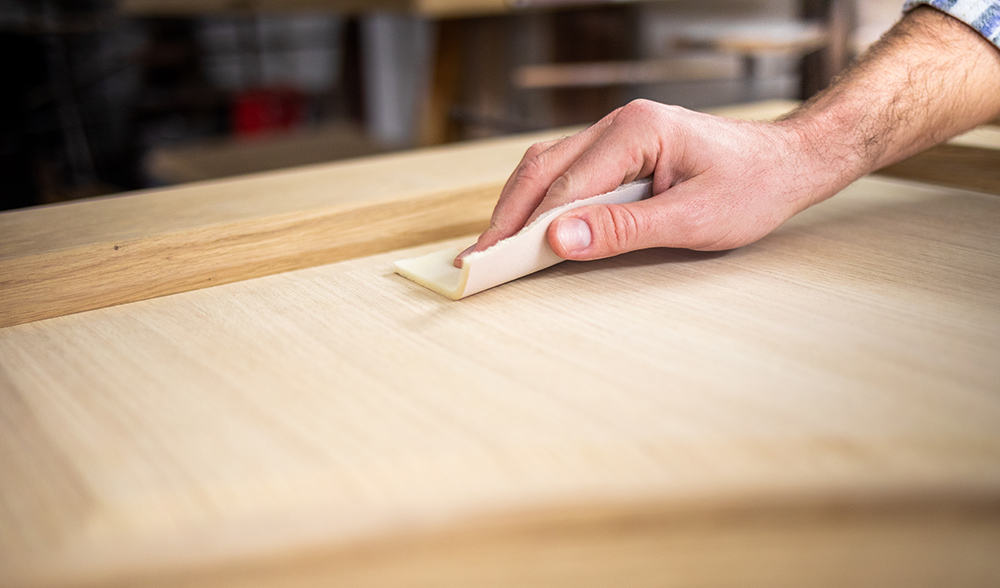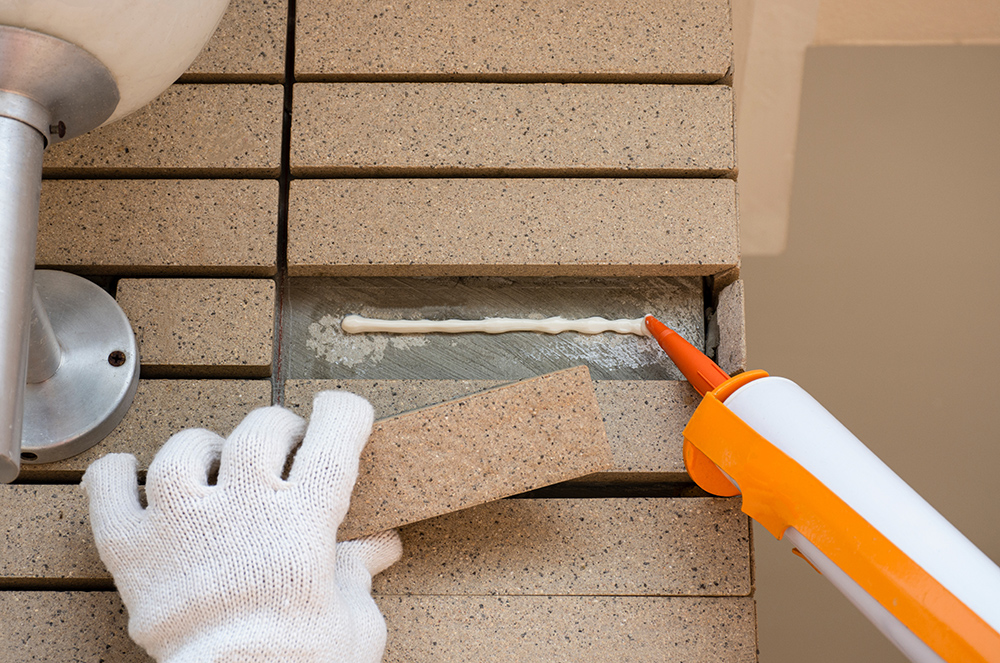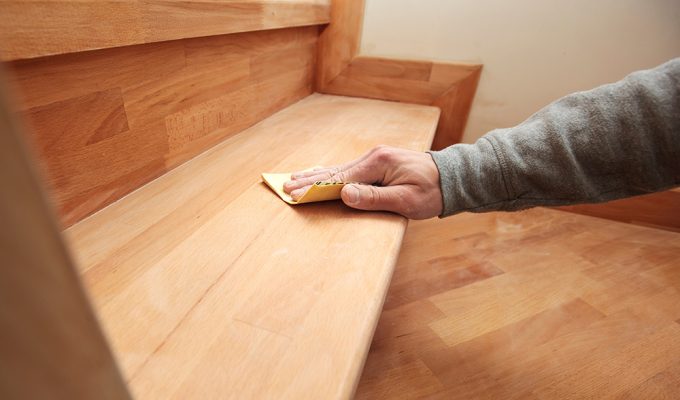Starting off a personal construction project can be a daunting prospect for many a homeowner.
After all, you are trusting a process that will change the appearance of your home’s interior or exterior. But the main question is, where do you get started?
There are so many different types of materials that you are going to require if you are to get the project underway. With that said, you also need to know when you need to use an abrasive or an adhesive during your home project.
What is an abrasive?
Whether you are interested in abrasive sanding products or want to have something tougher to help with the polishing of a home project, an abrasive is used to sand down a piece of furniture.

A lot of times, when you start off with a home project, you are going to have the material in its purest form. This could be something like metal, wood or plastic. In order to smooth down and fashion the material into something that looks like furniture, an abrasive is used to make it smooth. That way, it can eventually be made into something that is stable and will not easily splinter.
To put it bluntly, abrasives can be used to smooth the surface of a home project. However, they can also be used in projects to:
- Buff
- Polish
- Grind
- Cut
- Drill
- Sharpen
- Hone
- Sand
- Lap
Most of the time, abrasives are strips or cloths holding a material that is hard enough to rub against the surface. The abrasive material used will depend on the type of material used within the home project.
For soft woods, open abrasives will need to be used in order to prevent damage and chipping occurring on the wood. These abrasives contain well-spaced pieces of hard material that can help provide a softer finish.
For hard woods meanwhile, closed abrasives need to be used. These abrasives contain around 90-95% hard grit on their surface area. These are placed closer together, therefore they are useful for harder pieces of wood that may scuff or need splinters to be buffed off. Make sure to consider the type of wood you have before picking an abrasive.
Abrasives can be used in machines, such as power sanders; however, they can also be attached to cloth, tape, discs, belts and rolls. If you are unsure about which would best suit your project, make sure to seek the advice of a professional.
What is an adhesive?
When you use adhesives, essentially you are looking to bond materials together within your home project. The materials will already be buffed and made smooth. That way, the adhesive will not be pulled apart when it is sanded down.

Most of the time, adhesives are made from resins and polymers. Most of the chemical structures within these sticky substances can be recognised as plastics. Usually, they can be broken down into the two categories of pressure-sensitive and polymer-based adhesives. Some additional adhesive categories include:
- Hot-melt adhesives
- Water-based adhesives
- Electric conductive adhesives
- UV curing adhesives
- Thermoset adhesives
Of course, there are many more types of adhesives that you can try. However, you should pick the adhesive that best suits the home project you are working on.
So, for instance, if you were working on a project with paper, glass, wood, plastic, or metal involved, it is likely that you would use a pressure-sensitive adhesive. This includes tapes, laminate flooring, cartons made from silicone, rubber, latex and acrylics.
Polymer-based adhesives, meanwhile, are used for automobiles, solar panels, and food packaging. However, they can also be used for wood and harder surfaces for bonding them together.
Don’t hesitate to seek specialist advice for your home project
Home projects can feel quite daunting when you are introduced to them for the first time. Construction can be very difficult to undertake on your own. That’s why you should seek specialist advice if you are worried you may be using the wrong products on your materials.
By doing this, you can avoid damaging them and can build up to perfecting them as quickly as possible. You can also get advice on the best adhesives to stick them together. Sometimes you may need a simple substance, like a strong glue, but other times you may need something more. The advice of the best-informed experts will help you to finish your project in style.
From adhesives like PVA wood glue, urea formaldehyde resins, polyurethane (PU) adhesives and much more, right through to abrasives such as abrasive sheets, abrasive rolls, and foam-backed options, make sure you use the right product for the job at hand.
